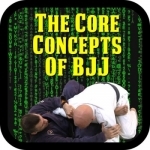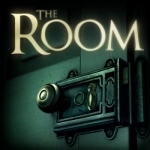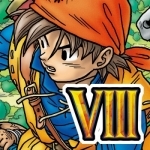
Instant Heart Rate+ HR Monitor
Health & Fitness and Medical
App
The most accurate and easy-to-use heart rate app - Get your heart rate in less than 10 seconds -...

Dingtone - WiFi Calling & Text
Social Networking and Productivity
App
Free WiFi phone calls & text messages! Make clear calls on a new line over WiFi, 3G/4G data network...

BJJ Concepts
Sports and Health & Fitness
App
A STEP BY STEP FORMULA FOR HACKING BRAZILIAN JIU-JITSU In BJJ Core Concepts you’ll learn how to...

The Room
Games
App
Welcome to The Room, a physical puzzler, wrapped in a mystery game, inside a beautifully tactile 3D...
The room Puzzle Puzzler Atmospheric Clever games

DRAGON QUEST VIII
Games
App
[Recommended Hardware] iPhone 5 or Higher/iPad (3rd Generation or Better) Please Note: iPhone 4 is...

Reading Eggs - Learn to Read
Education and Games
App
Reading Eggs is the multi-award winning learning system that helps children learn to read. Based on...

TwoNav GPS: Tracks & Maps
Navigation and Sports
App
TwoNav brings you the best GPS application for smartphones, featuring dual navigation to ensure...

Formula Cartoon All-Stars – Crazy Cart Racing with Your Favorite Cartoon Network Characters
Games and Entertainment
App
Get ready to race with your favorite Cartoon Network characters on spectacular 3D tracks full of...

Sleep Cycle alarm clock
Health & Fitness and Utilities
App
Waking up made easy. An intelligent alarm clock that analyzes your sleep and wakes you in the...
